U Birmingham team demonstrates direct reuse of aluminum and copper current collectors from spent Li-ion batteries
Green Car Congress
DECEMBER 28, 2022
Researchers from The University of Birmingham in the UK have demonstrated that the direct reuse of aluminum and copper current collectors from spent lithium-ion batteries (LIBs) is possible. The ever-increasing number of spent lithium-ion batteries (LIBs) has presented a serious waste-management challenge. Pengcheng Zhu, Elizabeth H.


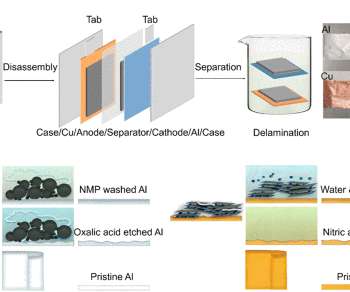



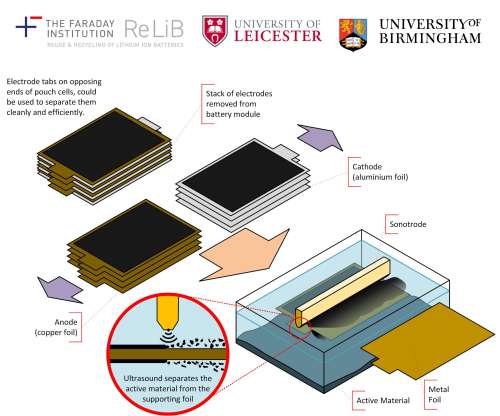

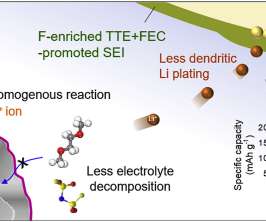



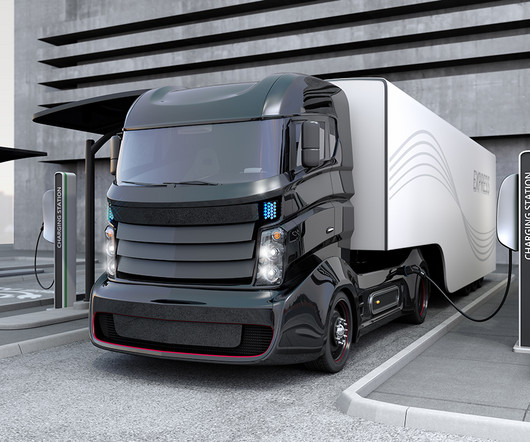











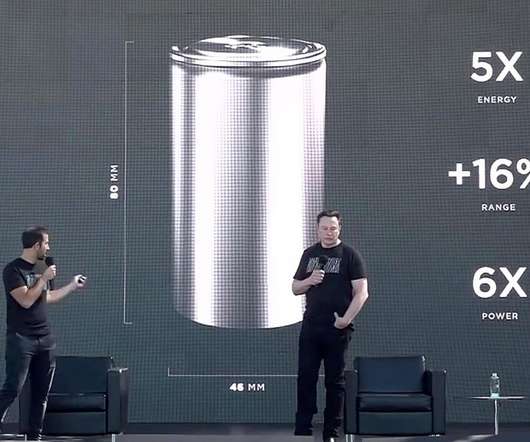











Let's personalize your content